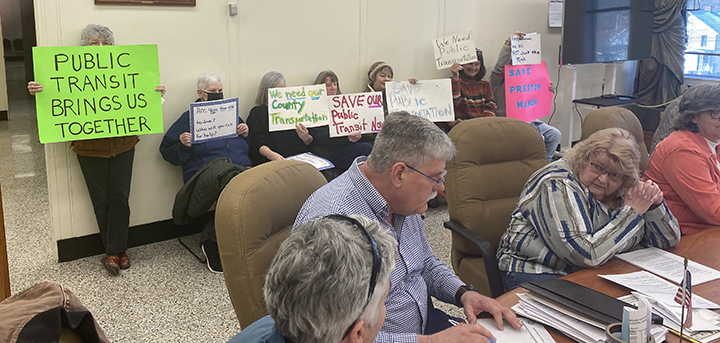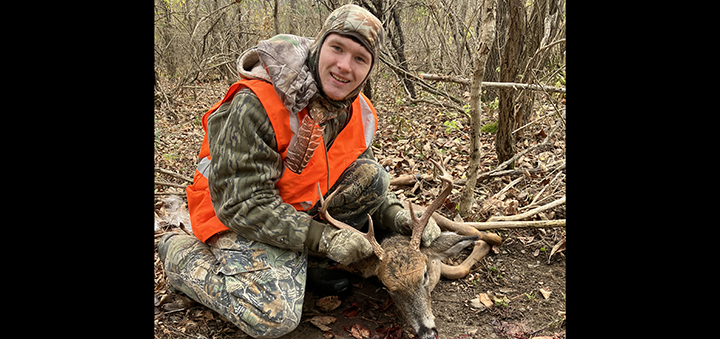Despite challenges, primitive weapon hunting attracts many
Jim Bridger, Daniel Boone, Davy Crockett. All legendary frontiersmen who carried their trusty muzzleloaders everywhere they went. Their adventures are well documented, and their abilities when using these primitive firearms – whether for self-protection or to harvest game – is equally impressive. That era ended long ago, with the invention of smokeless powder cartridges and the repeating firearms that accepted them. But for their capabilities to “get the job done” with a single shot, the old muzzleloaders did just that, despite the occasional misfire or hangfire.
Now let’s fast-forward ahead a couple of centuries. Following the closure of the Southern Zone’s regular deer season on Dec. 12, many hunters will trade their modern cartridge rifles to carry their muzzleloading rifles during the SZ’s special late season, which allows both muzzleloaders and archery hunters an extra week of deer hunting opportunities. Although many of the muzzleloaders will bear little resemblance to those of centuries ago – being in-line ignition and carrying scopes – they must still be loaded in the same manner as the Boone and Crockett era, through their muzzles and allow just a single shot to be fired before being reloaded. The allure of hunting with a muzzleloader probably has a much to do with nostalgia as it does with the opportunity to extend the hunter’s season to hunt deer.







Comments